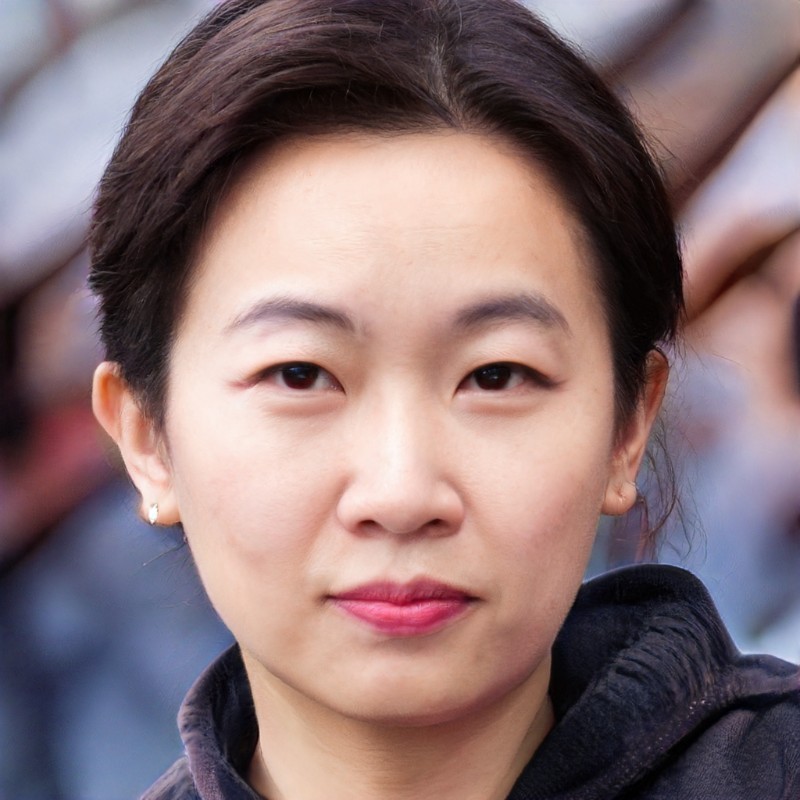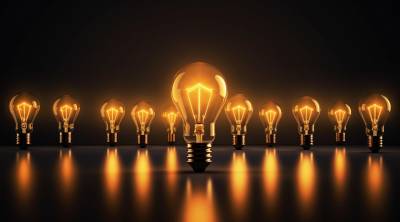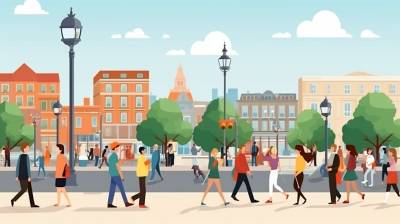What is the difference between IQ and EQ?

IQ and EQ are two types of intelligence that are often used to measure one’s cognitive and emotional abilities. IQ stands for intelligence quotient, which is a score derived from standardized tests that assess one’s logical reasoning, problem-solving, and general knowledge. EQ stands for emotional quotient, which is a measure of one’s ability to understand, express, and manage one’s own and others’ emotions. Both IQ and EQ are important for different aspects of life, such as academic performance, career success, interpersonal relationships, and mental health. However, they are not the same and have different characteristics, origins, and applications. In this article, we will compare and contrast IQ and EQ in terms of their definitions, origins, abilities, tests, and applications.
Definitions
IQ and EQ have different definitions that reflect their different domains of intelligence. IQ is defined as the ratio of one’s mental age to one’s chronological age multiplied by 100. Mental age is the average level of cognitive development that is expected for a given age group. Chronological age is the actual age of a person. For example, if a 10-year-old child has a mental age of 12, their IQ would be 120 (12/10 x 100). EQ is defined as the ability to perceive, use, understand, and regulate emotions in oneself and others. It involves four main skills: self-awareness, self-management, social awareness, and relationship management. For example, if a person can recognize their own feelings, control their impulses, empathize with others, and communicate effectively, they would have a high EQ.
Origins
IQ and EQ have different origins that reflect their different historical backgrounds and scientific developments. IQ was first introduced by Alfred Binet in the early 20th century as a way to identify children who needed special education. He developed the first IQ test that measured various mental abilities such as memory, attention, and reasoning. Later, other psychologists such as Lewis Terman and David Wechsler refined and standardized the IQ test to make it more reliable and valid. EQ was first coined by Peter Salovey and John Mayer in the early 1990s as a way to describe the emotional aspects of intelligence. They proposed a model of emotional intelligence that consisted of four branches: perceiving emotions, using emotions to facilitate thinking, understanding emotions, and managing emotions. Later, other researchers such as Daniel Goleman popularized the concept of EQ and applied it to various fields such as education, business, and health.
Abilities
IQ and EQ have different abilities that reflect their different cognitive and emotional functions. IQ is associated with abilities such as abstract reasoning, verbal comprehension, numerical reasoning, spatial visualization, working memory, and processing speed. These abilities are related to the functioning of the left hemisphere of the brain, which is responsible for logical thinking, language processing, and analytical thinking. EQ is associated with abilities such as recognizing emotions in oneself and others, expressing emotions appropriately, using emotions to enhance thinking and decision-making, understanding the causes and consequences of emotions, and regulating emotions to achieve goals. These abilities are related to the functioning of the right hemisphere of the brain, which is responsible for emotional processing, social perception, and creative thinking. The table below summarizes some of the differences between IQ and EQ.
| IQ | EQ |
| Intelligence quotient | Emotional quotient |
| Measures cognitive abilities | Measures emotional abilities |
| Introduced by Alfred Binet in the early 20th century | Coined by Peter Salovey and John Mayer in the early 1990s |
| Associated with the left hemisphere of the brain | Associated with the right hemisphere of the brain |
| Involves abstract reasoning, verbal comprehension, numerical reasoning, spatial visualization, working memory, and processing speed | Involves recognizing, expressing, using, understanding, and regulating emotions |
Integration in the Real World

Tech Industry
In the bustling heart of Silicon Valley, tech giants like Google and Apple don't just seek coders with high IQs. While problem-solving skills are essential, especially for roles in software engineering or data analysis, they also highly value EQ for several positions. A project manager, for instance, needs to navigate team dynamics, ensuring that projects move forward cohesively. In customer relations or sales, understanding a client's concerns and predicting their needs – hallmarks of high EQ – can be the difference between securing a contract or losing a potential business opportunity.
Healthcare Sector
In healthcare, while IQ is essential for diagnosing diseases or understanding complex medical procedures, EQ plays a vital role in patient care. Doctors, nurses, and therapists often find themselves dealing with patients in vulnerable states. A healthcare worker with a high EQ can empathize with the patient, provide emotional support, and communicate in a way that ensures the patient feels seen, understood, and cared for.
Education System
Educators aren't just imparting knowledge; they're shaping young minds. While a teacher with a high IQ might design intricate and informative lesson plans, without EQ, they might fail to see when a student is struggling emotionally or socially. Recognizing these nuances, understanding the individual needs of students, and fostering a supportive classroom environment are all attributes of educators with high emotional intelligence.
Tests
IQ and EQ have different tests that reflect their different methods of assessment and scoring. IQ tests are standardized and norm-referenced, which means that they compare one’s performance to a large sample of people who have taken the same test. IQ tests have a fixed format and a fixed number of questions that are designed to measure one’s general intelligence or specific abilities. IQ tests have a mean score of 100 and a standard deviation of 15, which means that 68% of the population scores between 85 and 115. Some examples of IQ tests are the Stanford-Binet Intelligence Scale, the Wechsler Adult Intelligence Scale, and the Raven’s Progressive Matrices. EQ tests are not standardized or norm-referenced, which means that they do not compare one’s performance to a large sample of people who have taken the same test. EQ tests have a flexible format and a variable number of questions that are designed to measure one’s emotional intelligence or specific skills. EQ tests do not have a mean score or a standard deviation, which means that there is no universal scale or norm for EQ. Some examples of EQ tests are the Mayer-Salovey-Caruso Emotional Intelligence Test, the Emotional Quotient Inventory, and the Bar-On Emotional Quotient Inventory.
Applications
IQ and EQ have different applications that reflect their different impacts on various domains of life. IQ is often used as a predictor of academic achievement, occupational success, and cognitive functioning. IQ is also used as a criterion for admission to certain schools, programs, or organizations that require high levels of intelligence. IQ is also used as a diagnostic tool for identifying learning disabilities, intellectual disabilities, or giftedness. However, IQ is not the only factor that determines one’s outcomes in life. Other factors such as motivation, personality, creativity, and social skills also play a role in one’s success and well-being. EQ is often used as a predictor of interpersonal relationships, emotional well-being, and leadership potential. EQ is also used as a criterion for hiring, training, or promoting employees who need high levels of emotional competence. EQ is also used as a therapeutic tool for improving one’s self-esteem, self-control, empathy, and communication skills. However, EQ is not the only factor that determines one’s outcomes in life. Other factors such as intelligence, knowledge, experience, and values also play a role in one’s success and well-being.
Summary
IQ and EQ are two types of intelligence that are both important for different aspects of life. They have different definitions, origins, abilities, tests, and applications that reflect their different cognitive and emotional functions. However, they are not mutually exclusive or independent. They can complement each other and enhance one’s overall intelligence. Therefore, it is beneficial to develop both one’s IQ and EQ to achieve optimal performance and happiness in life.





